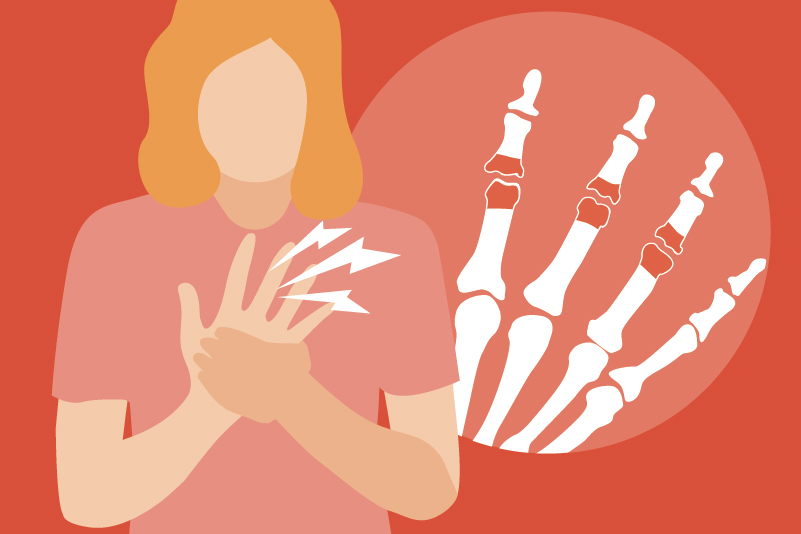#146 Anti-CCP: A truly helpful Rheumatoid Arthritis lab test?

Reading Tools for Practice Article can earn you MainPro+ Credits
Join NowAlready a CFPCLearn Member? Log in
- Seven systematic reviews1-7 of Anti-CCP in adult RA, with 27-151 observational studies. Pooled results:
- Sensitivity and specificity2-4,7 were 53%-71% and 95-96%, respectively.
- Likelihood ratios:3,4 Positive likelihood ratio 12.5-15.9 and negative 0.36-0.42.
- Focusing on higher-level studies (diagnostic cohort) with an undifferentiated arthritis presentation: sensitivity generally lower (~54%) but specificity similar.4
- Interpretation: Positive Anti-CCP means RA likely but a negative does NOT rule out RA.
- Concerns (although study quality did not seem to impact findings7):
- Minority of studies well-designed: Cohorts of early, undifferentiated patients with prolonged follow-up by blinded study personnel.4
- Significant heterogeneity: Different control population,4 study designs,4 test cut-offs,2,6 and laboratory standardizations.2,6
- Positive Anti-CCP also predicts joint erosion in RA, Odds Ratio 4.4 (95% Confidence Interval 3.6-5.3).8
- How common is Anti-CCP:
- In RA patients?2
- 23% early in symptoms.
- ~50% at diagnosis.
- ~53-70% at two years after diagnosis.
- Other populations?2
- ≤1.5% in healthy populations.
- ≤10% in other rheumatic disease (from lupus to psoriatic arthritis), except palindromic which is similar to RA.
- Perhaps higher in some if erosive joint disease present.9
- In RA patients?2
- Rheumatoid Factor has a similar sensitivity but worse specificity.3
- Specificity: Anti-CCP=95% and Rheumatoid Factor=85%.
- Positive likelihood ratios are 12.5 versus 4.9, respectively.
- Interpretation: Positive Anti-CCP > positive Rheumatoid Factor for making an RA diagnosis.
- Specificity: Anti-CCP=95% and Rheumatoid Factor=85%.
- In Juvenile RA, Anti-CCP has a similar specificity (99%) but considerably worse sensitivity (10%): Anti-CCP is commonly negative, which does not rule out RA.10
- RA diagnostic criteria: As well as joint involvement and acute phase reactants (ESR or C-Reactive Protein), Anti-CCP and Rheumatoid Factor are RA serology markers.11
- Note: Anti-CCP is sometimes called ACPA (Anti-Citrullinated Protein Antibody).














